As a cat owner, have you ever pondered over the litter box, "Can this be flushed down the toilet?"
It's a common question, born out of the desire for convenience and easy clean-up. However, the answer isn't as simple as a yes or no.
In this article, we'll discuss the complexities surrounding the flushability of cat litter, a topic that carries more weight than you might initially think.
From plumbing concerns to environmental impacts, we'll uncover the surprising realities behind this everyday question.
What Is Cat Litter Made Of?
Cat litter is typically made from various materials that cater to different needs and preferences.
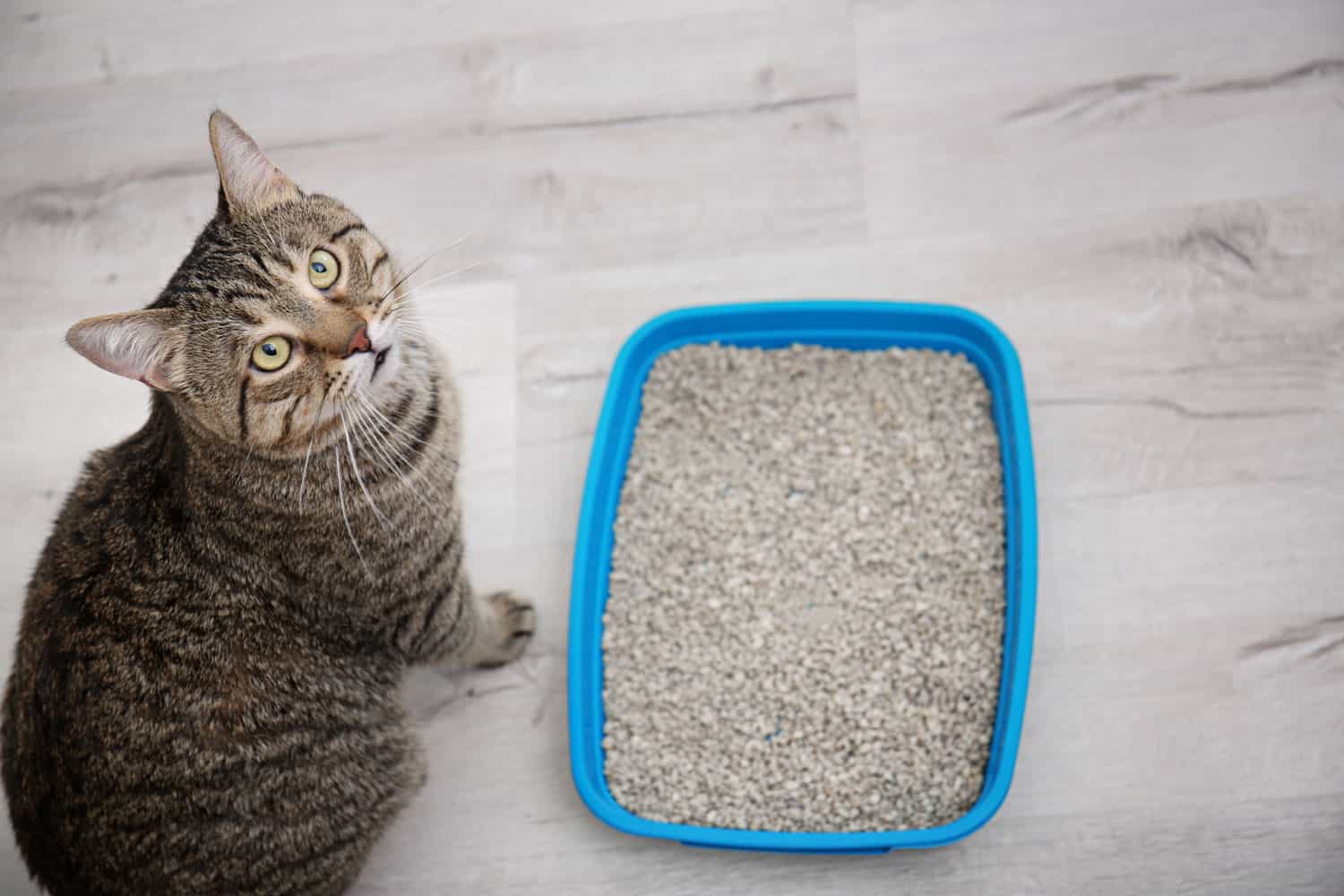
Let's take a look at the most common materials found in cat litter:
1. Clay
Clay-based litters are popular because they absorb liquids and control odor well.
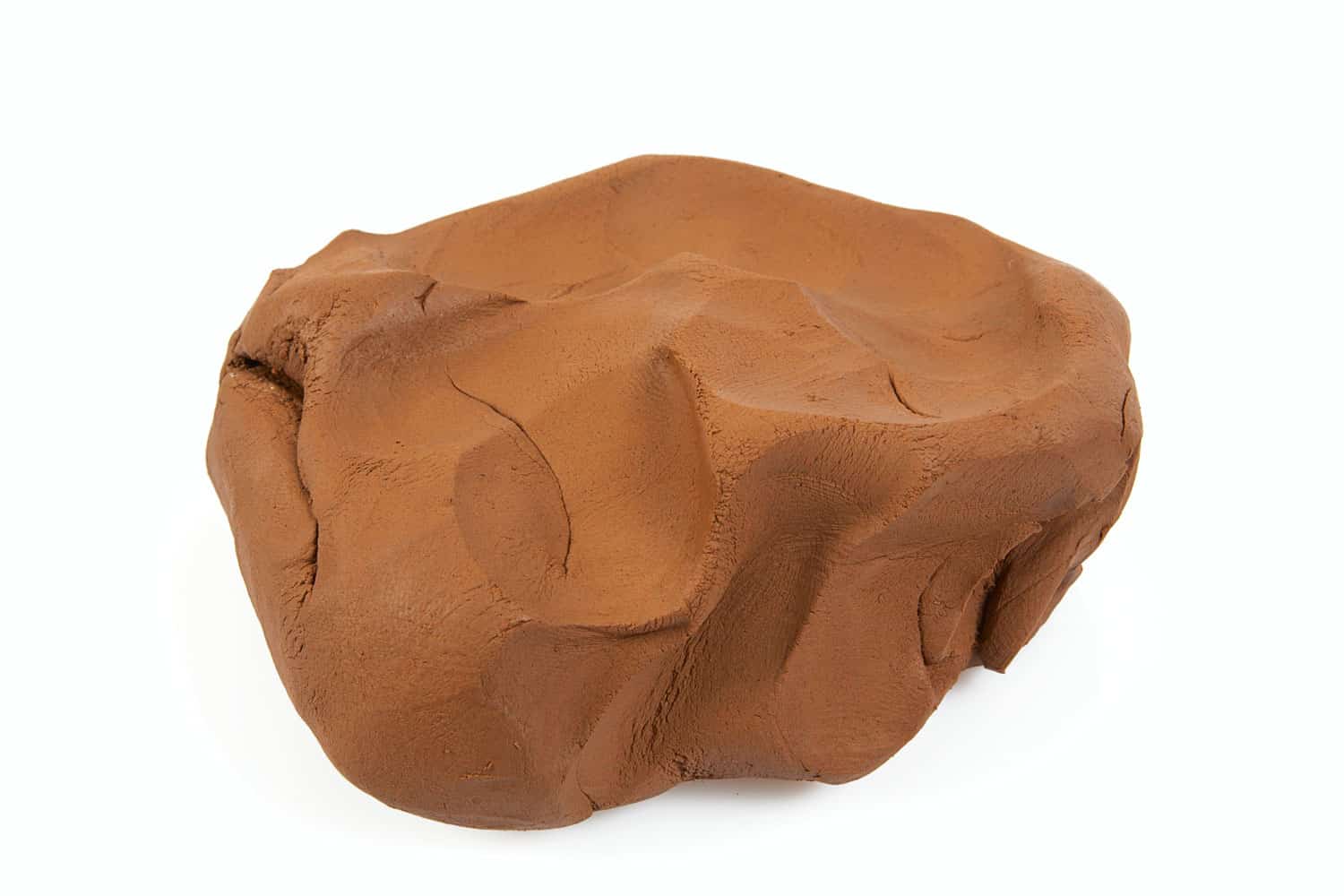
They usually contain sodium bentonite, a natural clay that clumps when it comes into contact with moisture.
However, clay cat litter can create dust and are not biodegradable.
2. Wood
Wood-based litters, such as those made from pine, are environmentally friendly and biodegradable.
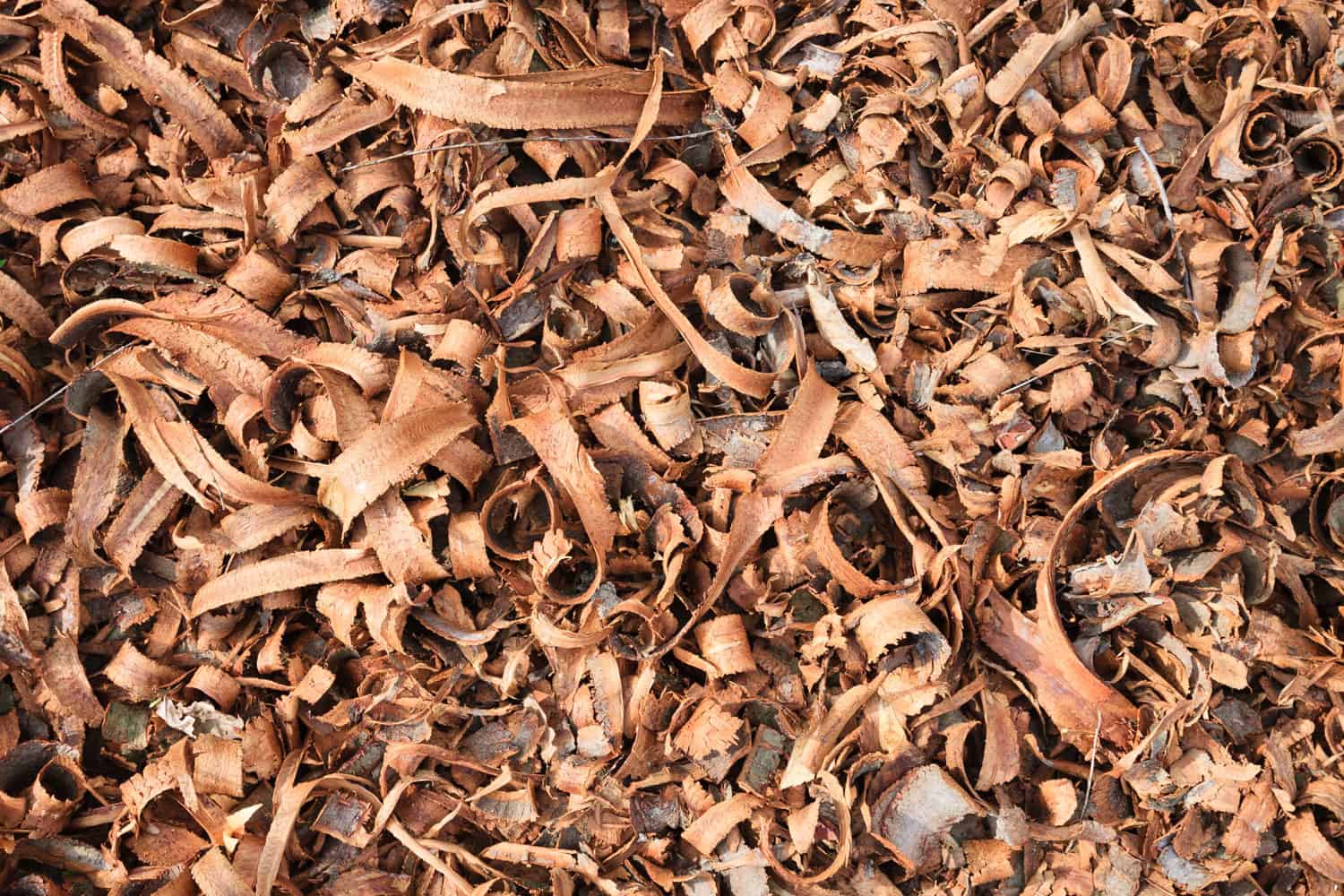
Made from recycled wood shavings or sawdust, they usually come in pellet form.
These litters have natural odor control properties and turn into sawdust when they get wet, making it easy to spot and remove soiled areas.
3. Corn and Wheat
An alternative for those who prefer biodegradable and renewable options, these litters are made from ground corn or wheat.
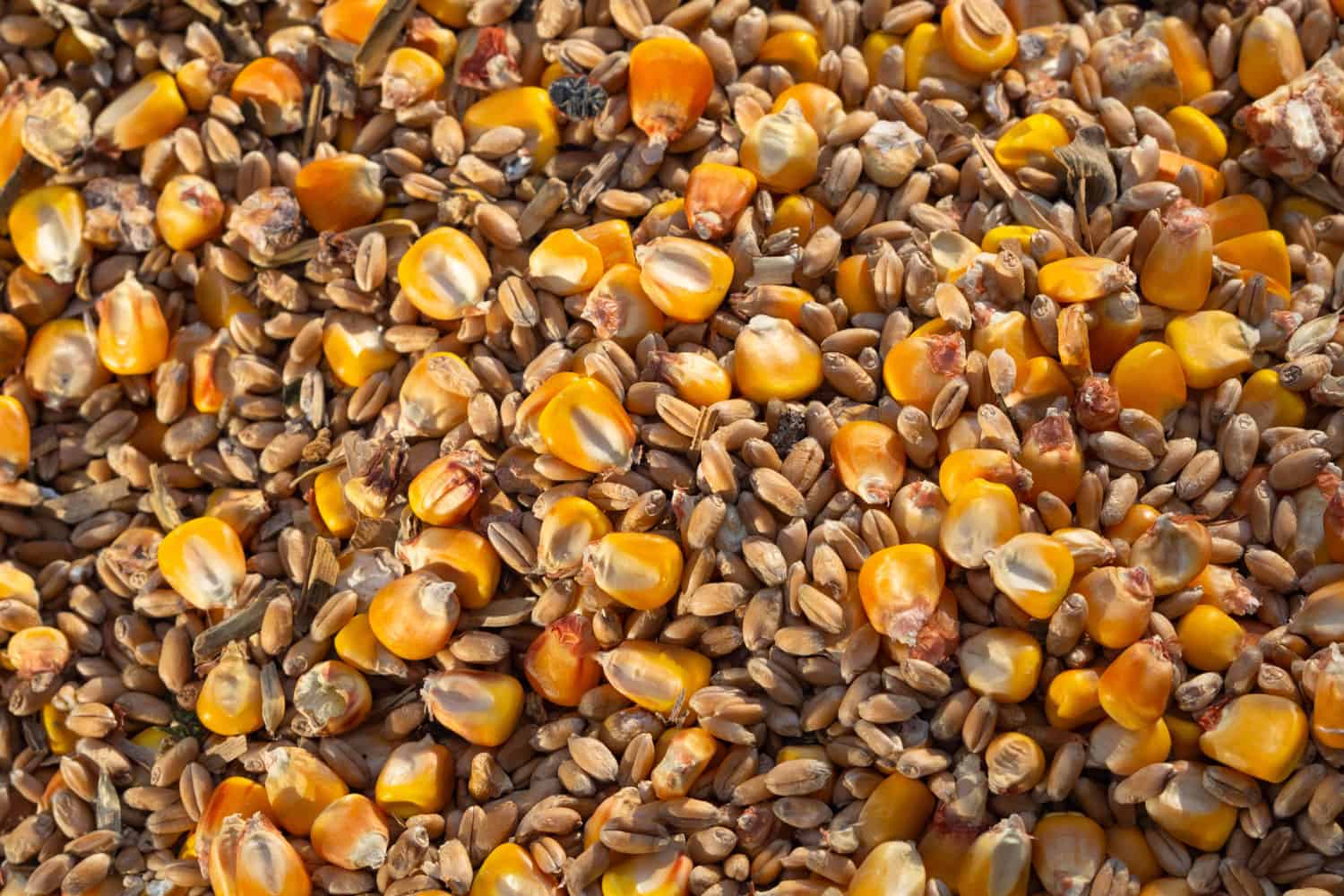
They have the ability to absorb moisture and clump like clay-based litter but without the associated dust.
The Concept of Flushability
When it comes to cat litter, you've likely come across the terms "flushable" and "biodegradable."
Flushable Cat Litter
Flushable cat litter is a type of litter designed to be safely flushed down your toilet.
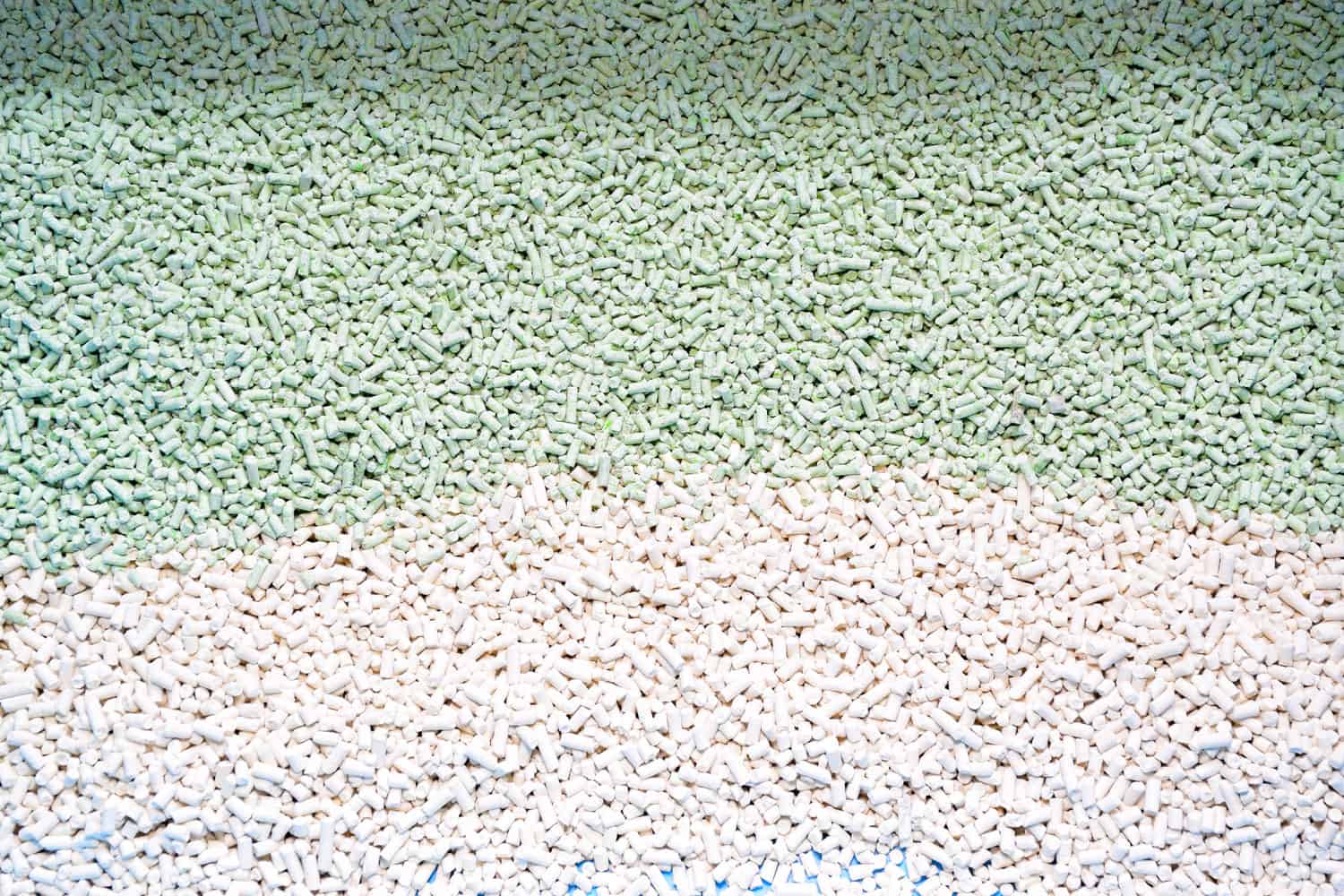
It's important to note that not all cat litter is flushable, and attempting to flush non-flushable litter can lead to problems.
Flushable litter typically dissolves or breaks down in water, allowing it to pass through your plumbing system without clogs.
Biodegradable Cat Litter
On the other hand, biodegradable cat litter is made from natural materials that can decompose over time.
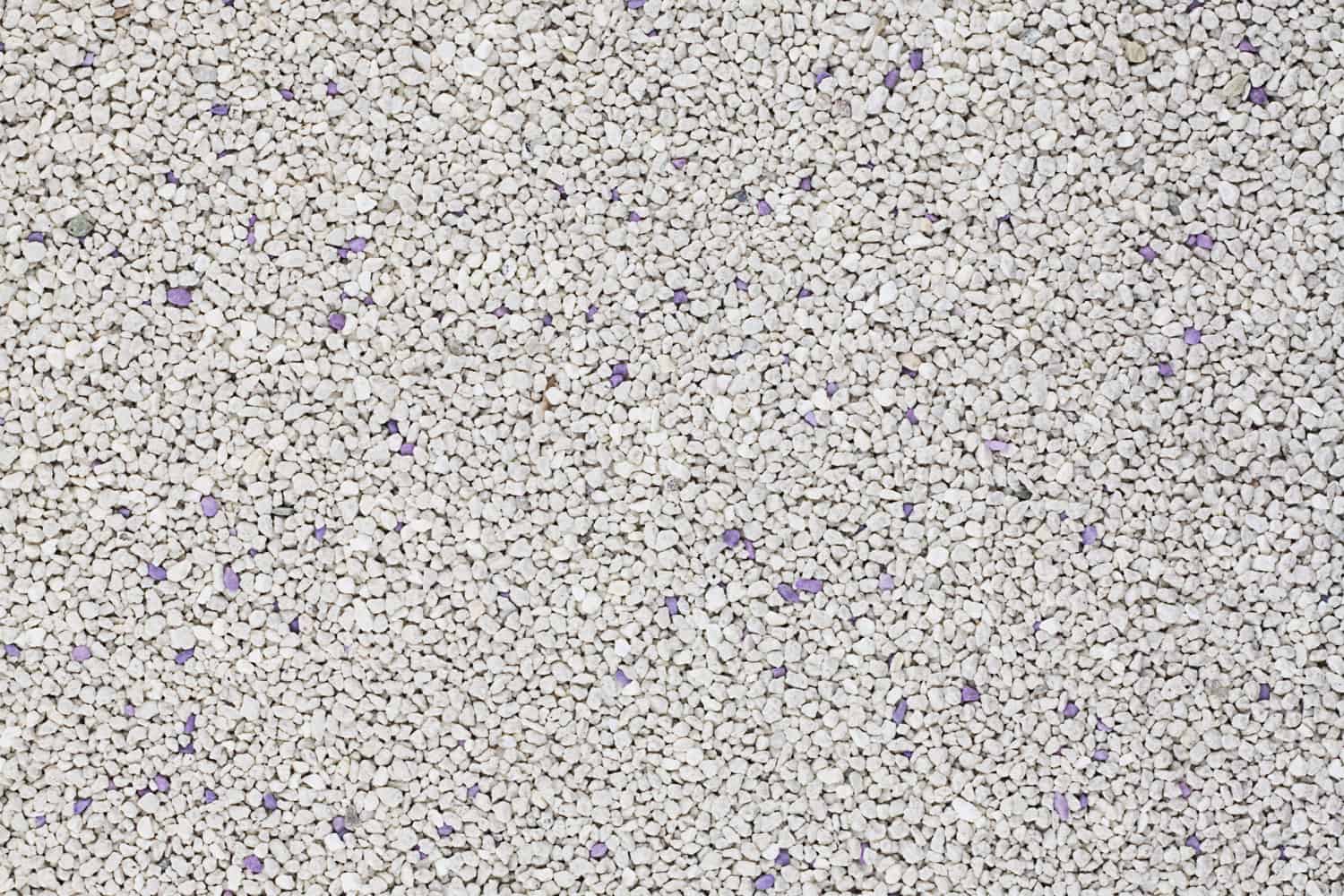
While this is an environmentally friendly option, not all biodegradable litters are flushable.
That is why it is important to search for products with labels that clearly state whether they are suitable for flushing, composting, or meeting your specific needs.
Potential Problems with Flushing Cat Litter
It's important to understand that the act of flushing cat litter down the toilet can have far-reaching consequences.
These can range from immediate and tangible issues, such as plumbing problems, to more insidious and long-term impacts on the environment and public health.
Plumbing Issues
When you flush cat litter down the toilet, you might face plumbing problems.
Cat litter, especially clay-based types, can form clumps and create clogs in your pipes.
This is an even bigger concern if you have a water-saving toilet since it uses less water to flush and may not be efficient enough to clear the litter.
Additionally, certain brands of litter may be more likely to cause clogs, so it's important to choose a product that's septic-safe if you decide to flush it.
Environmental Impact
Many cat litters are not eco-friendly. Traditional clay-based litter is derived from strip mining, which is harmful to the environment.
Moreover, silica and clay-based litters create a significant amount of waste, much of which ends up in landfills.
When you flush cat litter, you might unknowingly release harmful chemicals into waterways, posing threats to aquatic life.
Health Risks
Flushing cat litter can also lead to health risks for both humans and marine mammals.
Toxoplasma gondii, a parasitic parasite found in cat feces, can infect humans and animals with weak immune systems.
This parasite is not easily removed by traditional sewage treatments and septic systems, which means it may end up in the water sources if cat waste is flushed.
To minimize these risks and promote better practices, consider the following:
- Use eco-friendly, biodegradable litter and dispose of it in a responsible manner.
- Do not flush cat litter unless it is specifically labeled as flushable and septic-safe.
- Ensure you follow local regulations and guidelines regarding cat litter disposal.
Flushable Cat Litter Products
Flushable cat litter products often claim to be a more environmentally-friendly and convenient option.
Below are some examples of flushable cat litters available in the market:
1. World's Best Cat Litter
This brand offers a range of flushable cat litter made from whole-kernel corn.
Click here to see this World's Best Cat Litter on Amazon.
The litter is designed to clump quickly and can be safely flushed in septic and sewer systems.
However, as with all flushable litters, it's recommended to only flush moderate amounts to avoid potential plumbing issues.
2. Better Way Eco Fresh Clumping Cat Litter
Made from clay, this litter is flushable and septic-safe. It forms small clumps, making it easier to scoop and flush.
Click here to see this Better Way cat litter on Amazon.
The company also adds a natural cat attractant to help cats adjust to the new litter.
3. Garfield Cat Litter
This flushable cat litter is made from plant-based materials and is chemical-free.
Click here to see this Garfield cat litter on Amazon.
It's designed to be dust-free, which can be beneficial for cats and owners with respiratory issues.
The litter forms hard clumps that can be easily scooped and flushed.
4. sWheat Scoop Natural Fast-Clumping Cat Litter
Made from naturally renewable wheat, this litter is flushable and biodegradable.
Click here to see this sWheat Scoop cat litter on Amazon.
The wheat enzymes work to neutralize odor, while the starch in the wheat helps it to clump quickly.
5. Okocat Natural Wood Clumping Cat Litter
This litter is made from reclaimed wood, making it an eco-friendly option.
Click here to see this Okocat cat litter on Amazon.
It's also flushable, although the company recommends only flushing small amounts at a time.
It is important to note that while some brands market their cat litter as flushable, they may not always be safe to flush.
This can be due to several factors, such as the local sewage system's capacity or potential issues with plumbing.
Alternatives to Flushing Cat Litter
While flushing cat litter might seem like the easiest disposal method, it's clear that it can lead to a host of problems.
But don't worry! There are several other ways to dispose of cat litter that are safer for your plumbing, the environment, and public health, these are:
1. Traditional Disposal In The Trash
The most common method of cat litter disposal is simply bagging it and throwing it in the trash.
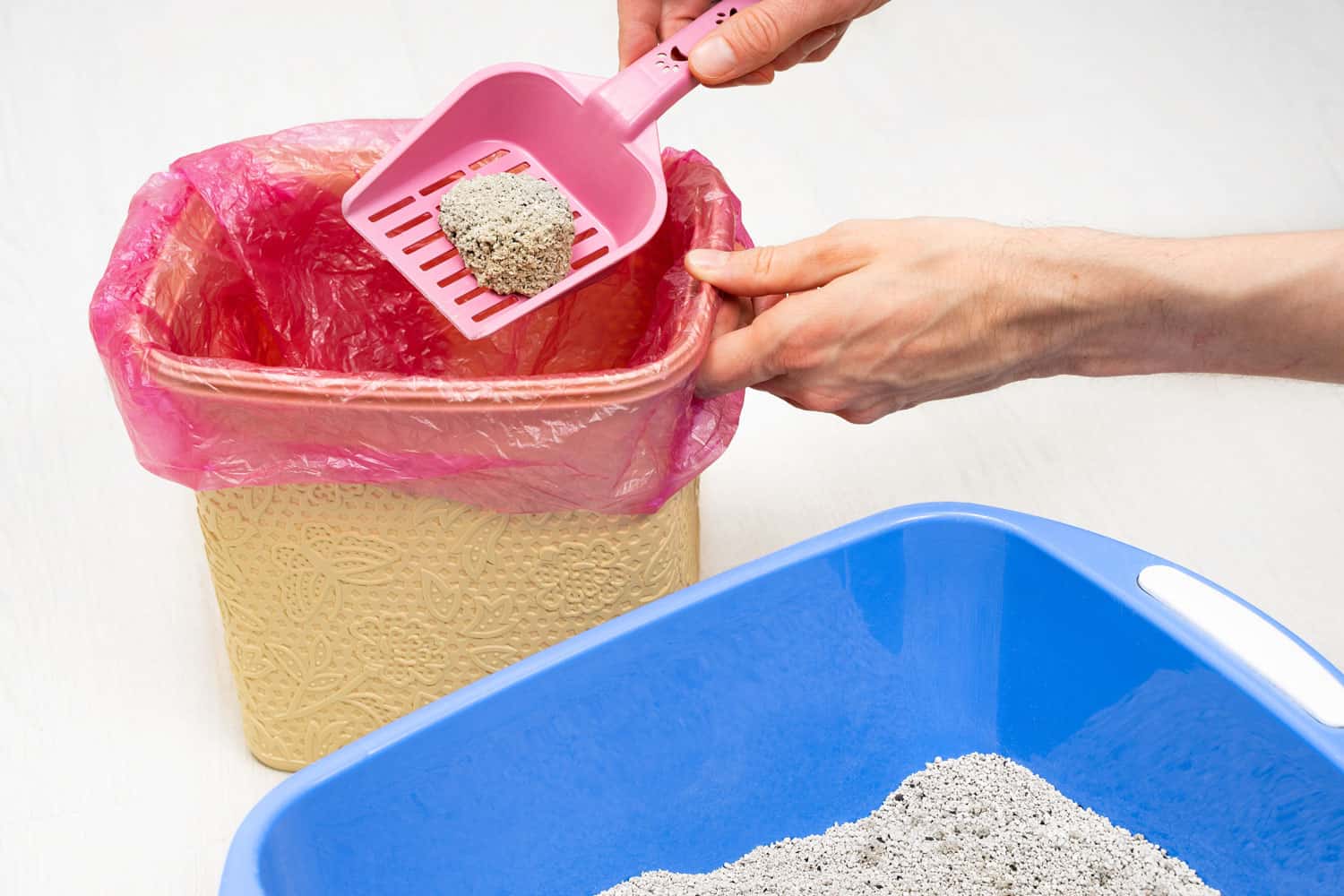
This method is straightforward and doesn't require any special materials beyond regular garbage bags.
However, it's important to ensure that the bag is sealed tightly to prevent odors and potential health hazards.
2. Biodegradable Bags
For a more environmentally-friendly option, you can use biodegradable bags to dispose of your cat litter.
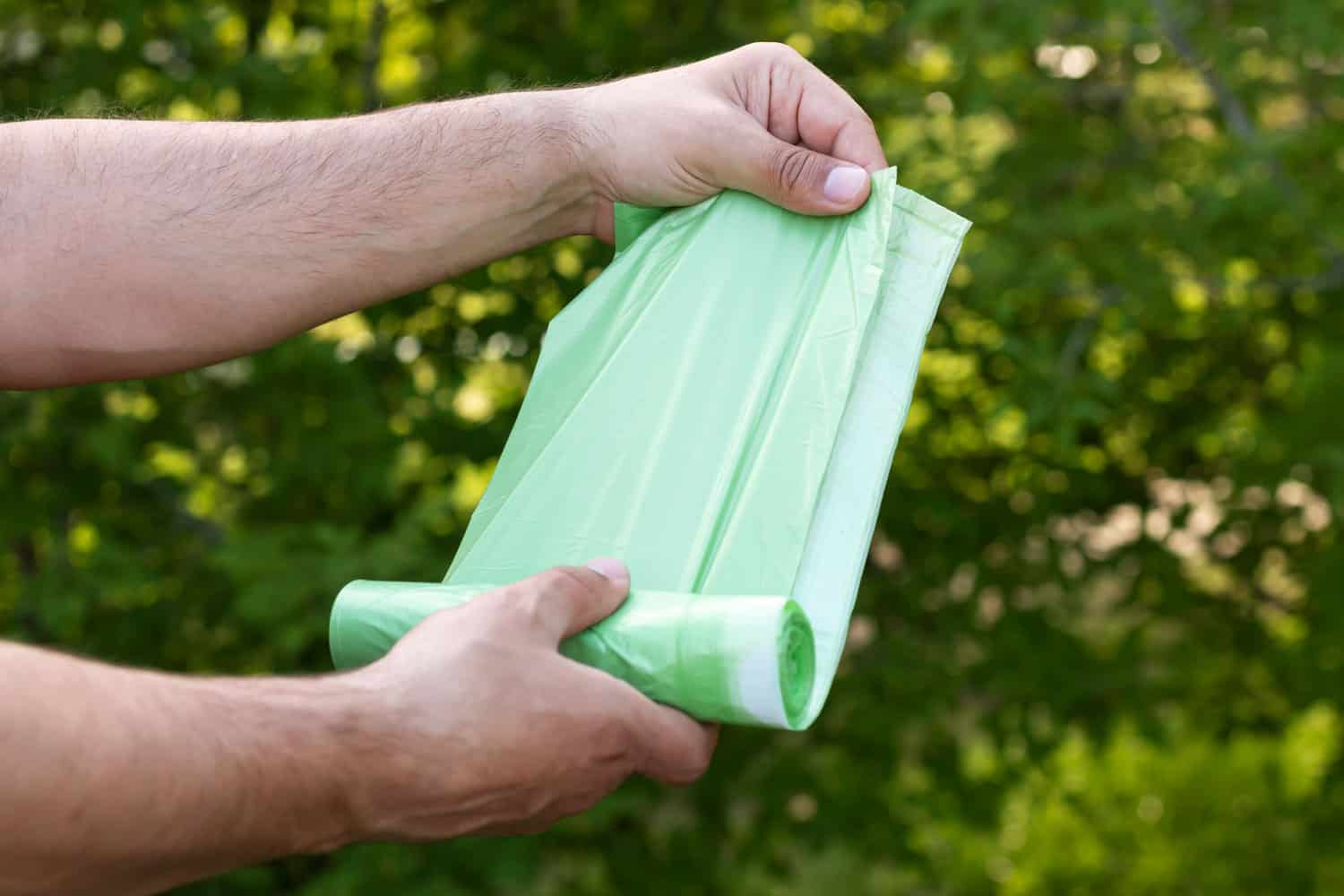
These bags will break down over time, reducing the amount of plastic waste.
However, it's worth noting that they will only biodegrade under certain conditions and not while sealed in a landfill.
3. Composting
Some types of cat litter, such as those made from wood, paper, corn, or wheat, can be composted.
This method recycles the litter into nutrient-rich compost that can be used in your garden.
However, it's crucial to never compost cat feces due to the risk of toxoplasmosis.
Only the litter itself should be composted, and it should never be used on edible plants.
4. Litter Disposal Systems
There are also specialized litter disposal systems available on the market.
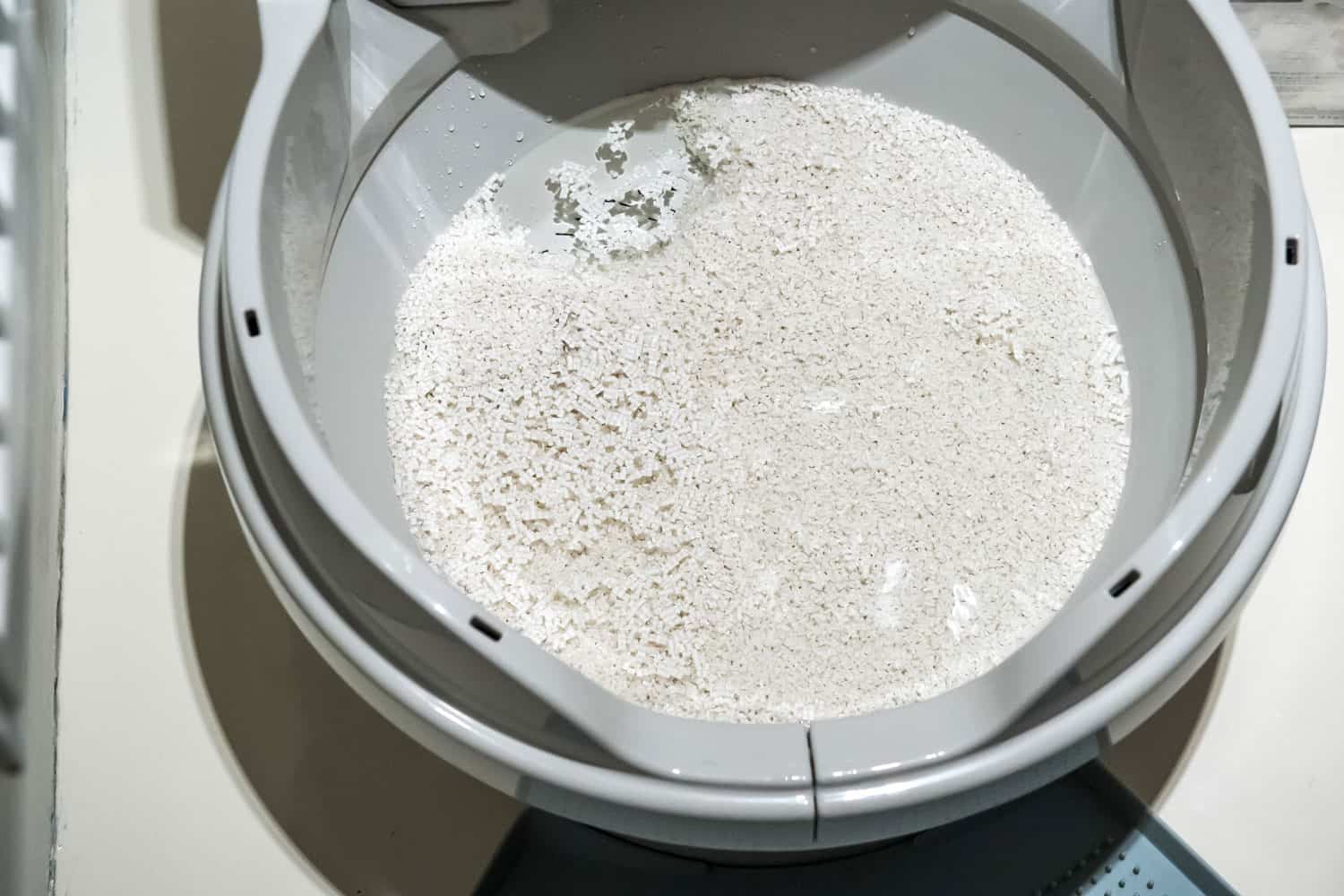
These systems work similarly to diaper disposal systems, containing odors and making it easy to dispose of litter without frequent trips to the outdoor garbage can.
5. Green Bin Collection
In some cities, cat litter can be disposed of in green bins for organic waste.
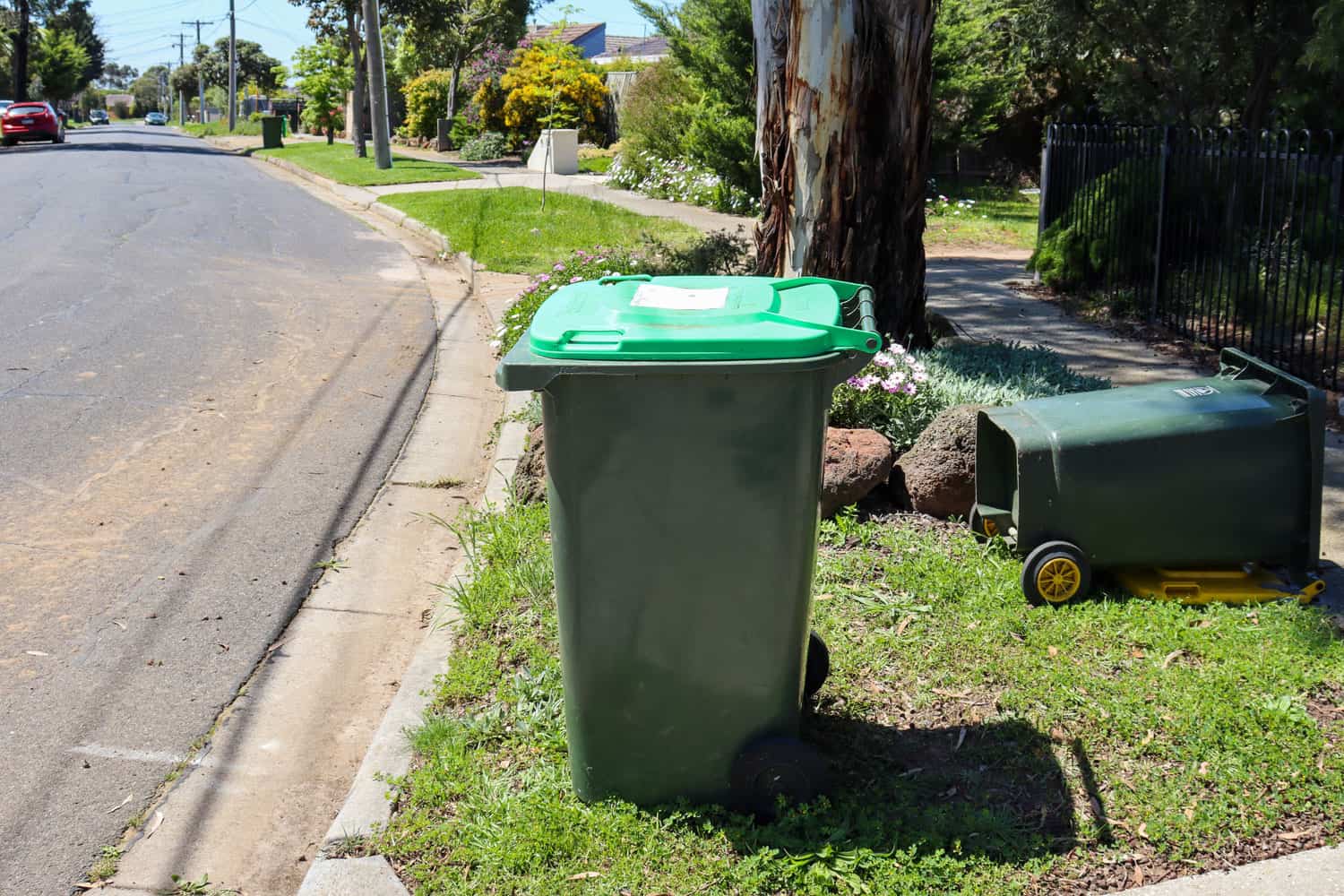
However, this depends on local regulations and the type of litter, so it's important to check with your local waste management facility.
In Summary: The Flushability of Cat Litter
When it comes to dealing with cat waste, it's crucial that you, as pet parents, make responsible decisions.
Flushing cat litter might seem like a convenient option, but there are several factors to consider before sending it down the drain.
Remember, as a pet parent, you play a crucial role in ensuring the well-being of your cat and the environment.
Make informed decisions when it comes to disposing of cat waste, and consider the impact of your choices on the wider world.
Stick to responsible disposal methods and do your part to keep both your feline friend and the planet happy and healthy.
You may be interested in the following articles. Check them out!
Hidden Litter Box That Your Cats Will Love: Purrfect DIY Hack
The Cat Villa That Your Feline Is Wishing For!
Some elements on this page may have been created by our team using advanced AI to provide you with top-notch cat inspired ideas. Read more about our AI Content Policy.




